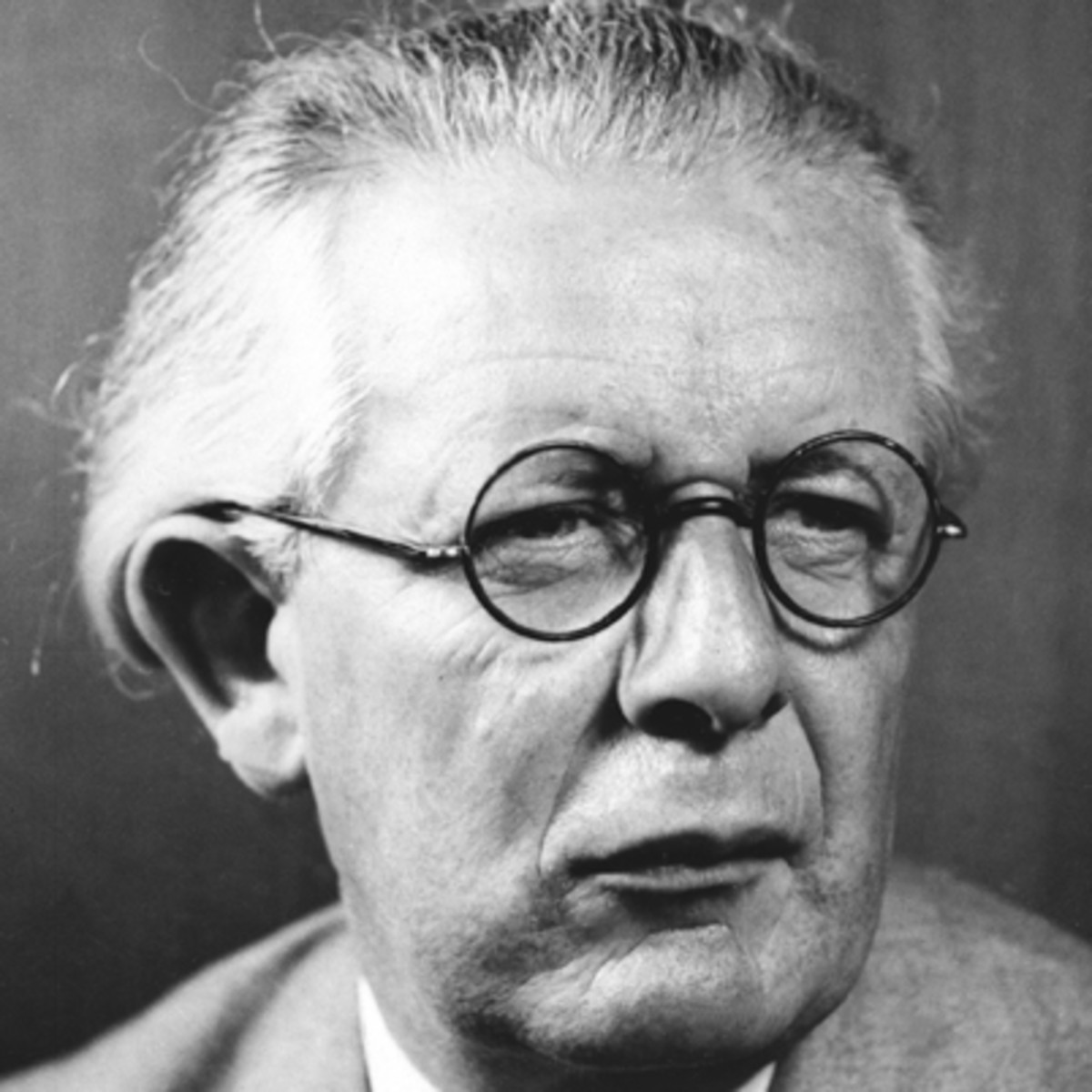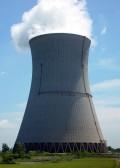All About Fuzzy Lattice Reasoning Classifier
What is Fuzzy Lattice Reasoning Classifier?
The Fuzzy Lattice Reasoning Classifier utilizes the concept of Fuzzy Lattices in establishing a logical environment. The modern day version is capable of performing classifications by employing numeric predictors. The technology of the Fuzzy inference systems (FISs) was initiated for generalization and granular rule induction on the premise of fuzzy logic. In essence, the designing of FISs was retrieved from the lattice theory which provides the FLR classifier with the necessary sound tools. The concept has been effectively used in classifying and clustering data domains that are disparate, linear operations, applications that numbers, symbols, fuzzy sets, and hyperspheres. The effectiveness of this notion has been pointed out in various computational experiments. In most cases, the Classifier FLR operates with rules all through.
The original FLR model utilizes a measure function that is an inclusion, but fundamentally a function of positive linear valuation. However, the current one has been improved significantly with a three-step methods being integrated in generating the fuzzy rules. The three step-methodologies include three main processes. The first one is pre-processing of data for cleaning alongside transformation of transactional data in normalizing training data. The second step is identified as causality modeling and particularly consists of estimating the maximum dimension or rules through undertaking measurement on the quality of regular patterns between and among the factors considered to be influencers. The third and last process is known as the Fuzzy rule generation and it adopts the FLR in generating the descriptive fuzzy rules with variable dimensions up to the highest level of cardinality which was acquired from the earlier process.





